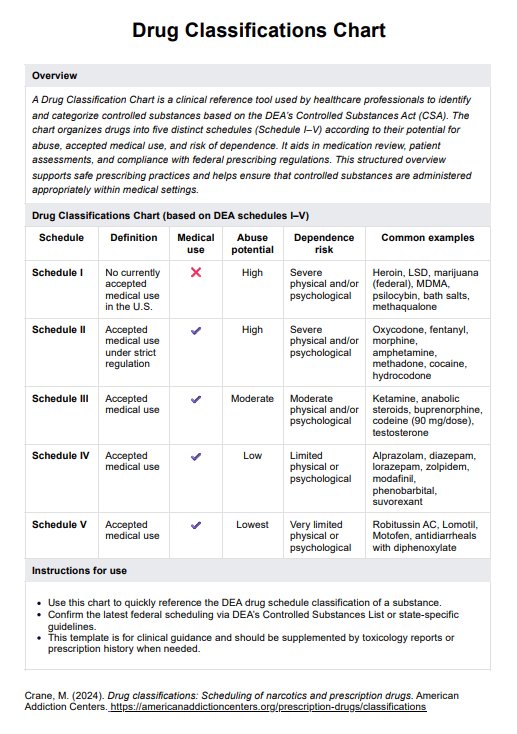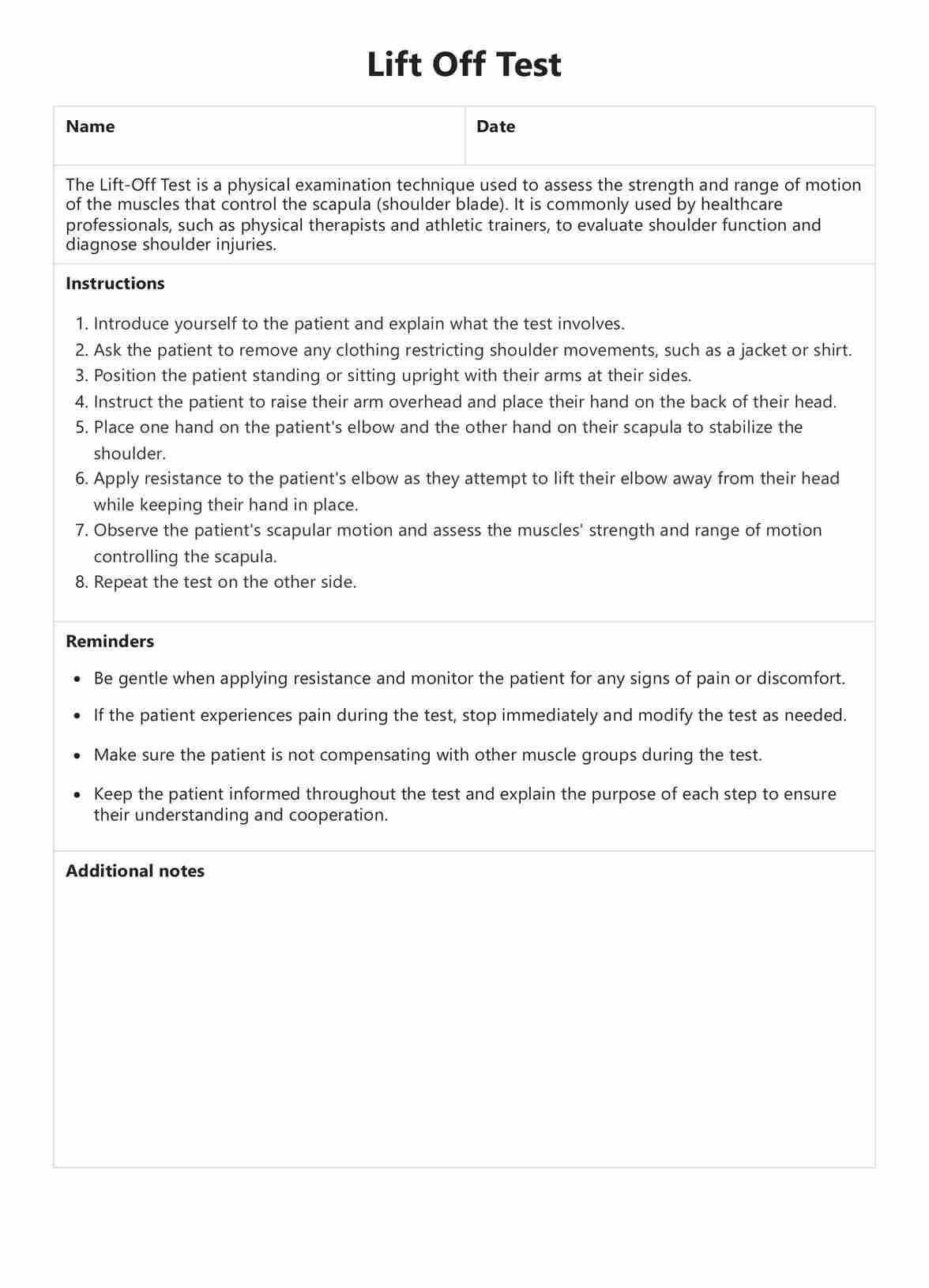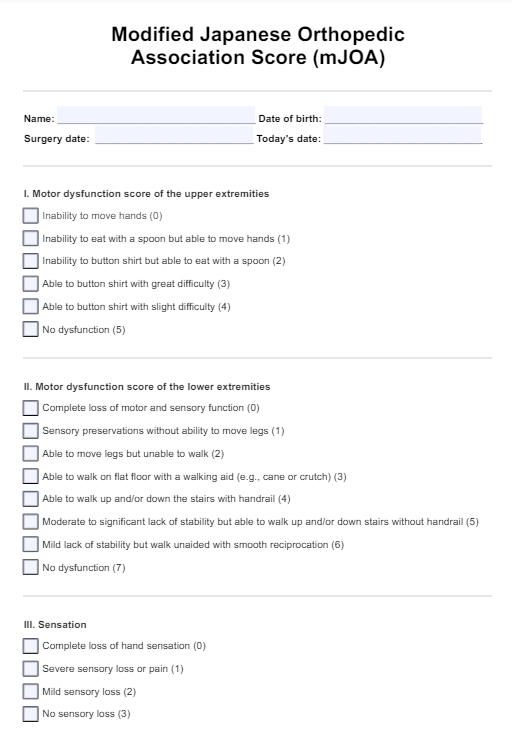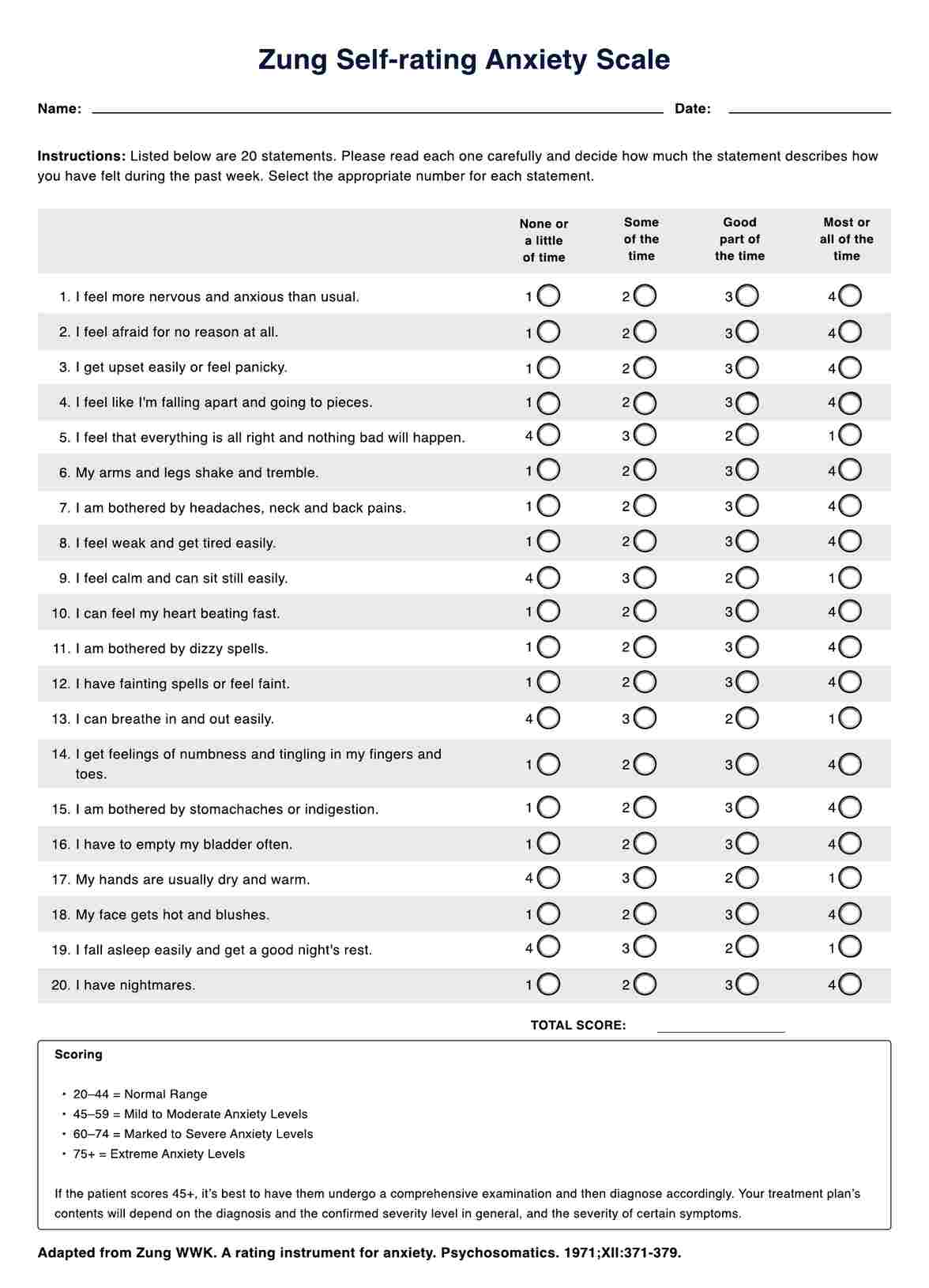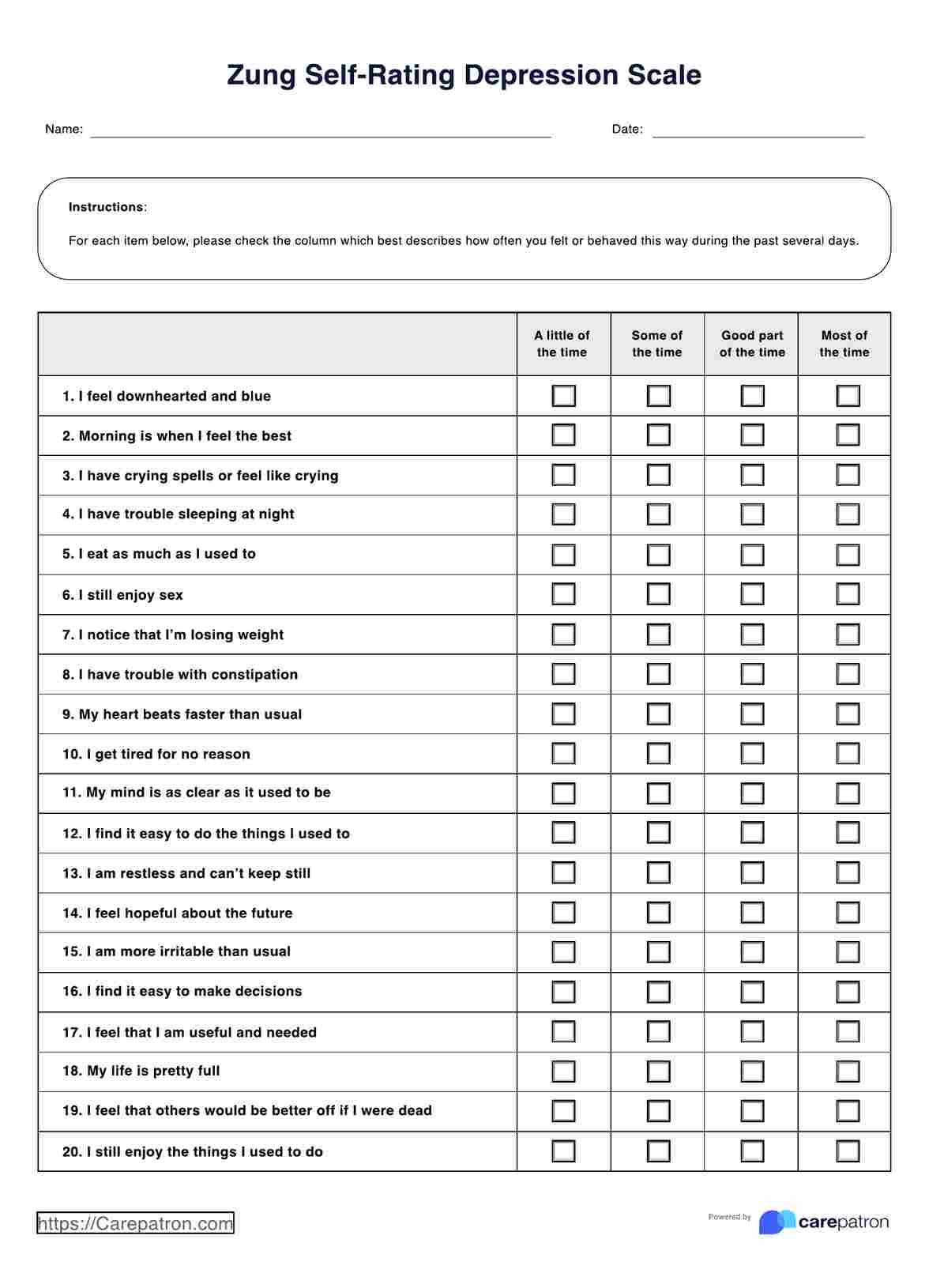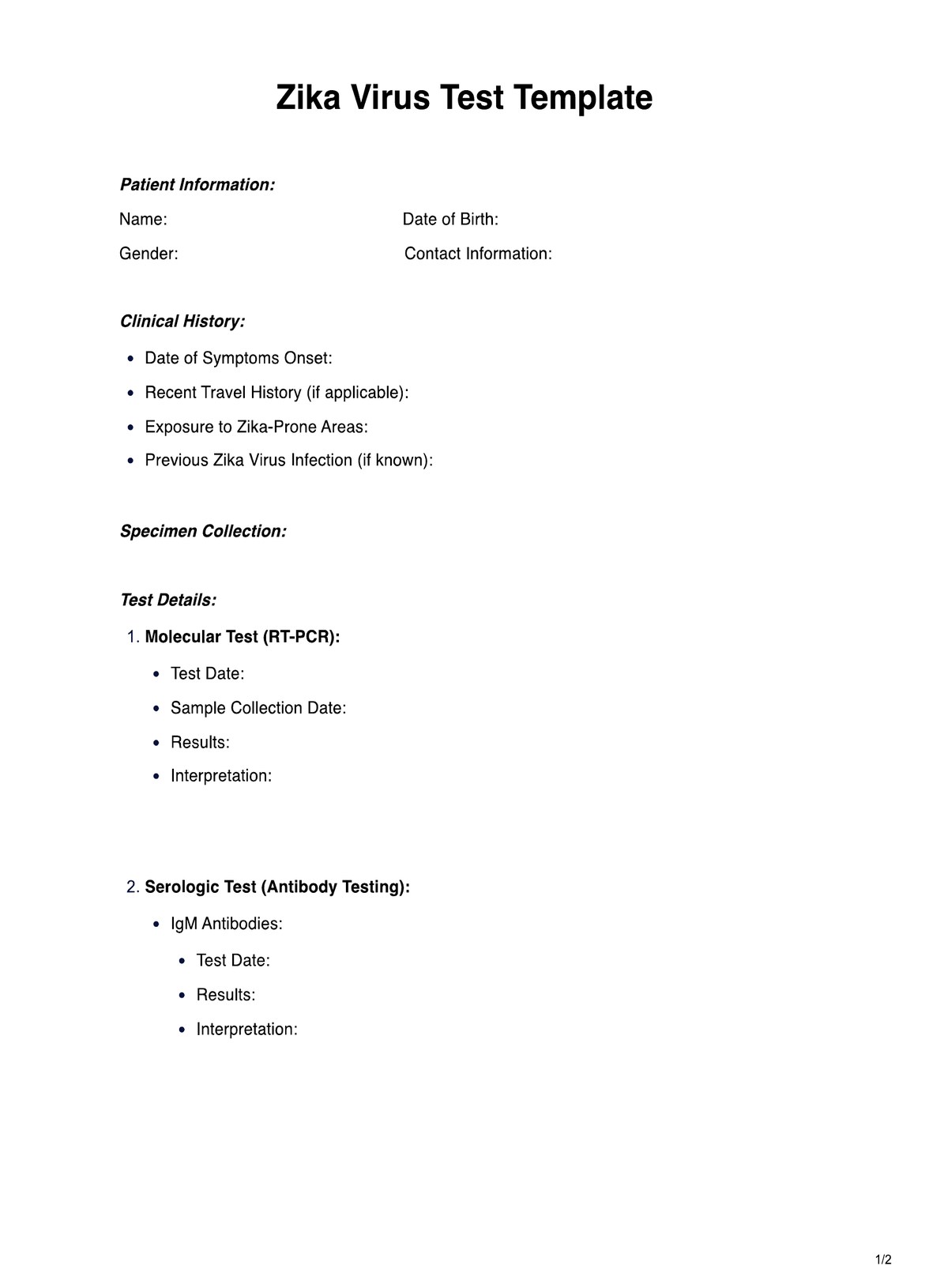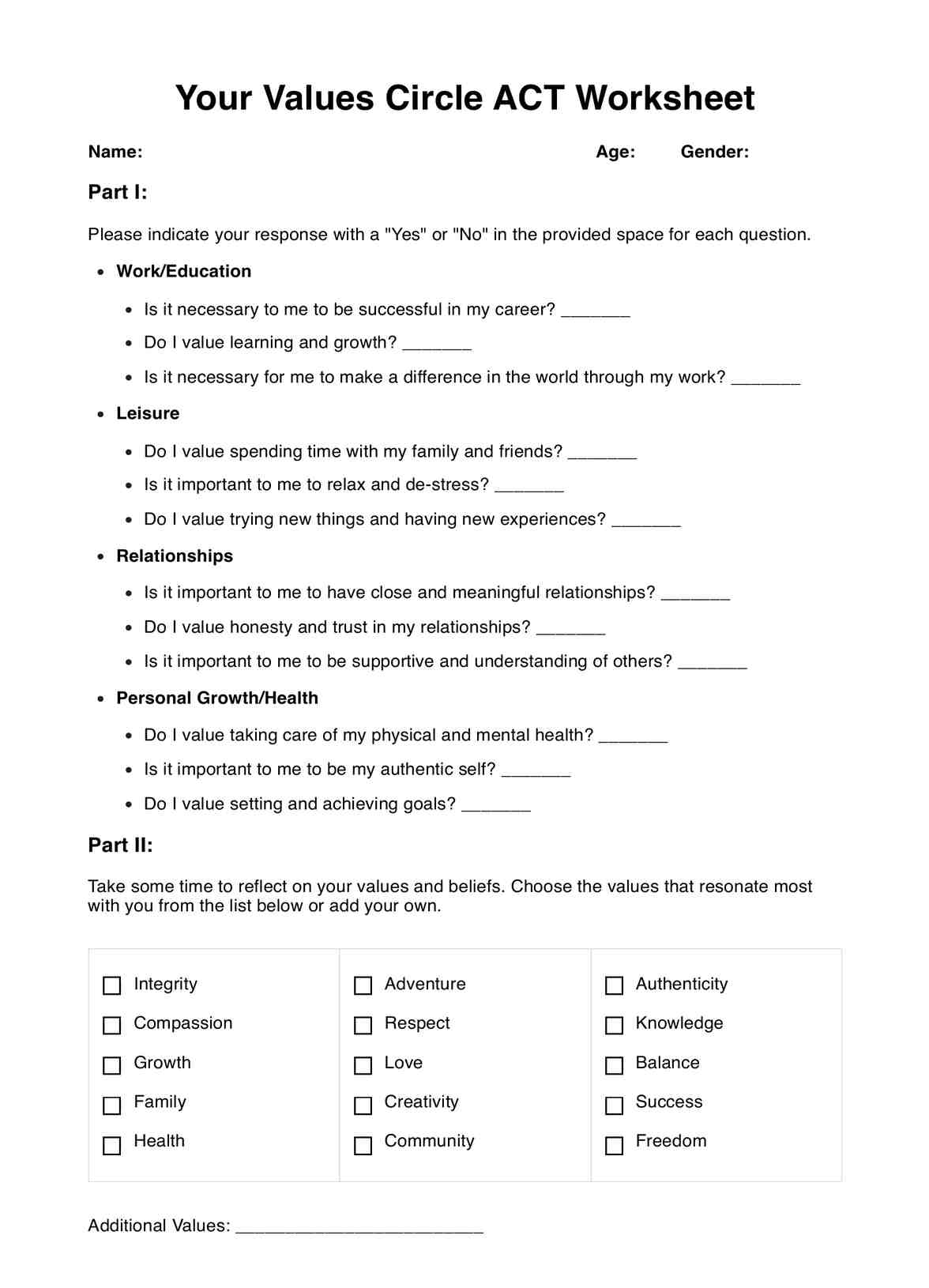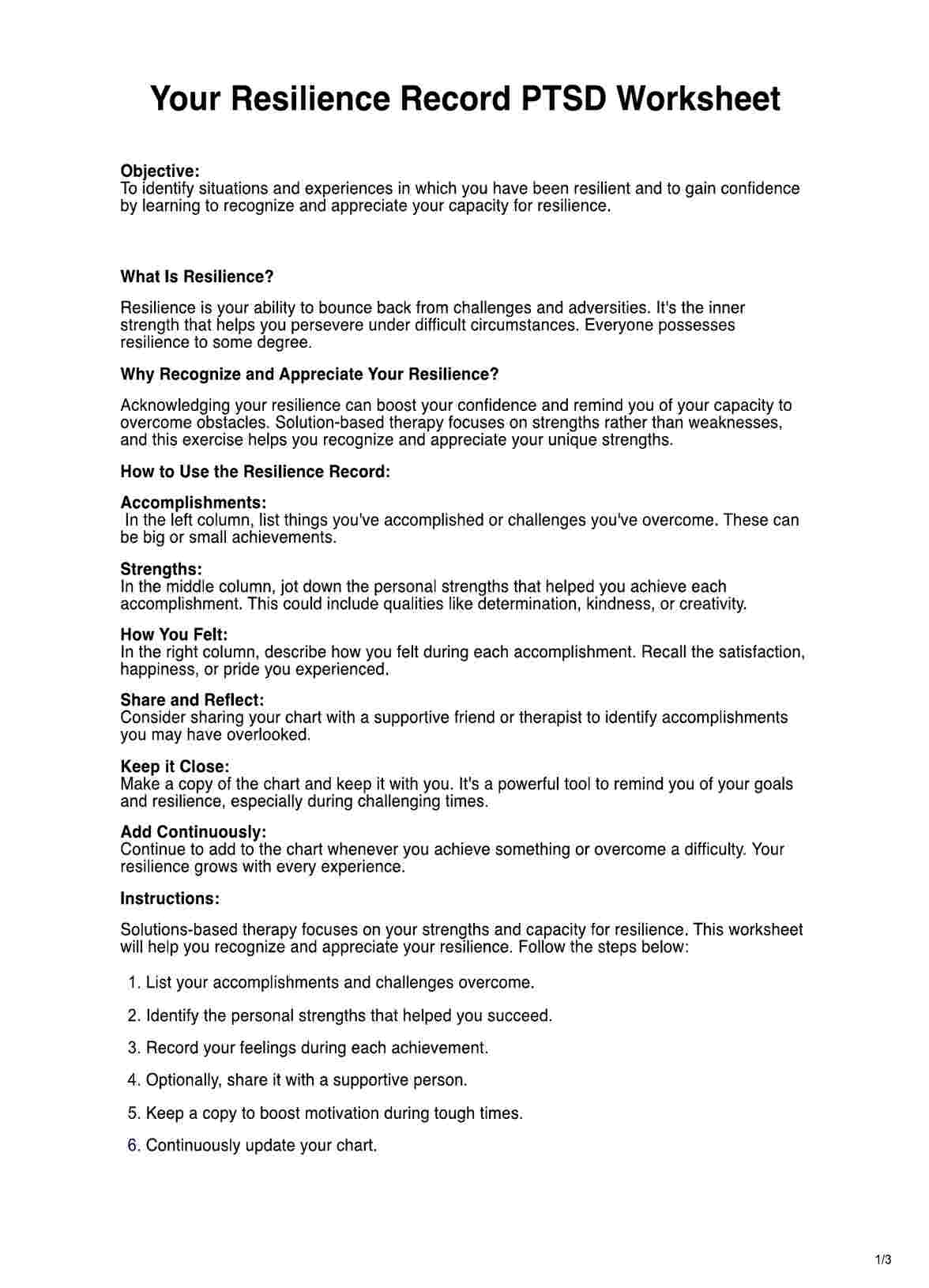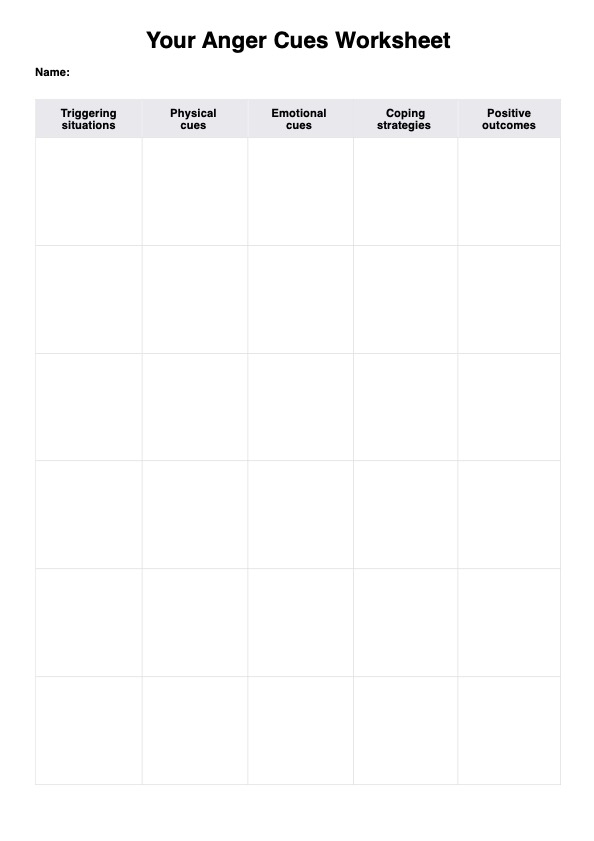The healthiest groceries are usually whole, nutrient-dense foods. Think fresh fruits, veggies, whole grains, lean proteins, healthy fats like olive oil, and minimally processed items.
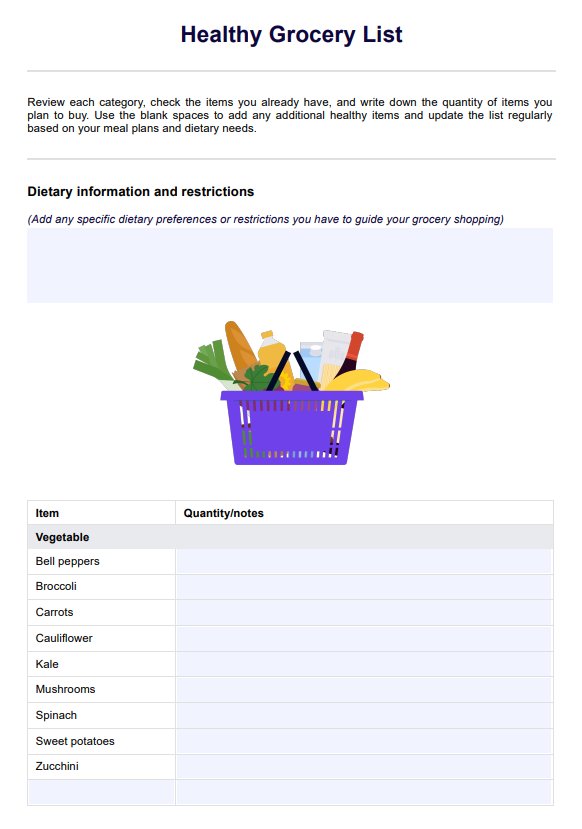
Healthy Grocery
Help clients stay organized and shop smarter with this printable Healthy Grocery List template. Get it for free now!
Use Template
Healthy Grocery Template
Commonly asked questions
Start by planning meals. Then, group items by category, such as produce, grains, and proteins, so it’s easy to shop and stay focused on healthy choices.
The 6 to 1 method is a simple guide for building a balanced cart: six vegetables, five fruits, four protein sources, three starches, two sauces or spreads, and one "fun" item to enjoy.
EHR and practice management software
Get started for free
*No credit card required
Free
$0/usd
Unlimited clients
Telehealth
1GB of storage
Client portal text
Automated billing and online payments


